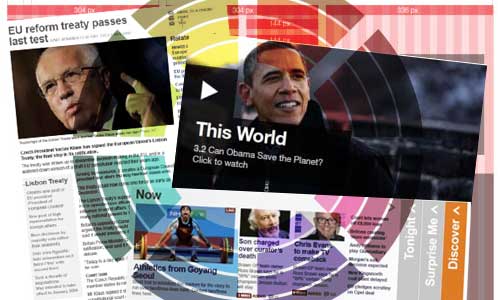
Over the last few months we’ve been doing a few little projects with Defra: first came the UK Location (micro)site, and I mentioned there was ‘at least one more’ in the pipeline.
The second project emerged a few days back: a ‘commentable page’ platform, in the style (as Steph rightly observed) of the now-legendary Commentariat theme. In fact, I handed over my part of the work some time ago; but the Defra team have taken things a step or two further, embedding it even deeper into their ‘house style’.
This kind of ‘new light through old windows’ work – where I build a WordPress site to match or slot into an existing design – has probably accounted for about half my (new) projects over the last six months or so. It’s much quicker for me, and hence much cheaper for clients. It’s usually as simple as referencing the parent site’s CSS files; stripping their page templates down to empty shells; then dropping in the required WordPress functions, and building new CSS around them as necessary. It cuts my bill by about 50%, maybe more. And because you’re removing most, if not all, of the subjective elements, things tend to run much more smoothly too.
Maybe this is a pointer for how we can take WordPress deeper into large corporates. It isn’t about replacing your entire Existing Arrangement with a young upstart like WordPress in one fell swoop. Inevitably, certain sections of your website will lend themselves better than others to WordPress’s natural preference for chronological presentation, commenting, RSS feeds, tagging, and so on. And if you’re smart in terms of how you code it all, how you structure your navigation, and how you pass data around (most likely using RSS feeds), the join can be made barely visible.
If you’re looking for a nice example of this: look at the integration of www.parliament.uk and news.parliament.uk: the latter runs on WordPress, and delivers its content – including images, by the way – back into the parent site via RSS. (Disclosure: I had a very minor role in it.)
For those interested in the technical details: it’s a WordPress MU installation (although of course, that won’t matter for long); meaning the Defra team are able to generate new sites under the ‘engage’ subdomain with just a couple of clicks. I think they’ve altered the default theme I handed over, for tighter integration into the site structure; but even then, it’s just a case of editing the HTML around the WordPress code, all of which will be instantly familiar as it’s using their existing stylesheet.
We’ve got one more project with Defra in the works: hoping to get it out there within the next couple of weeks.





